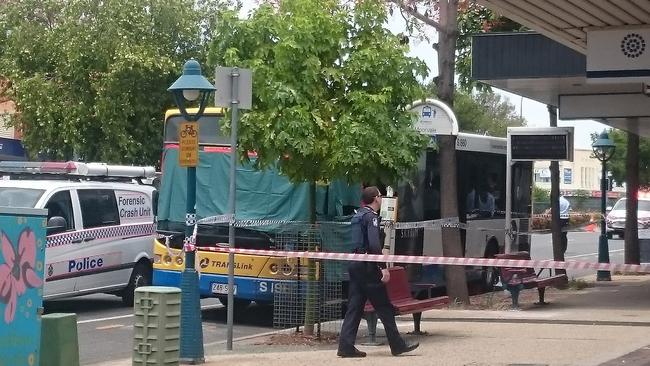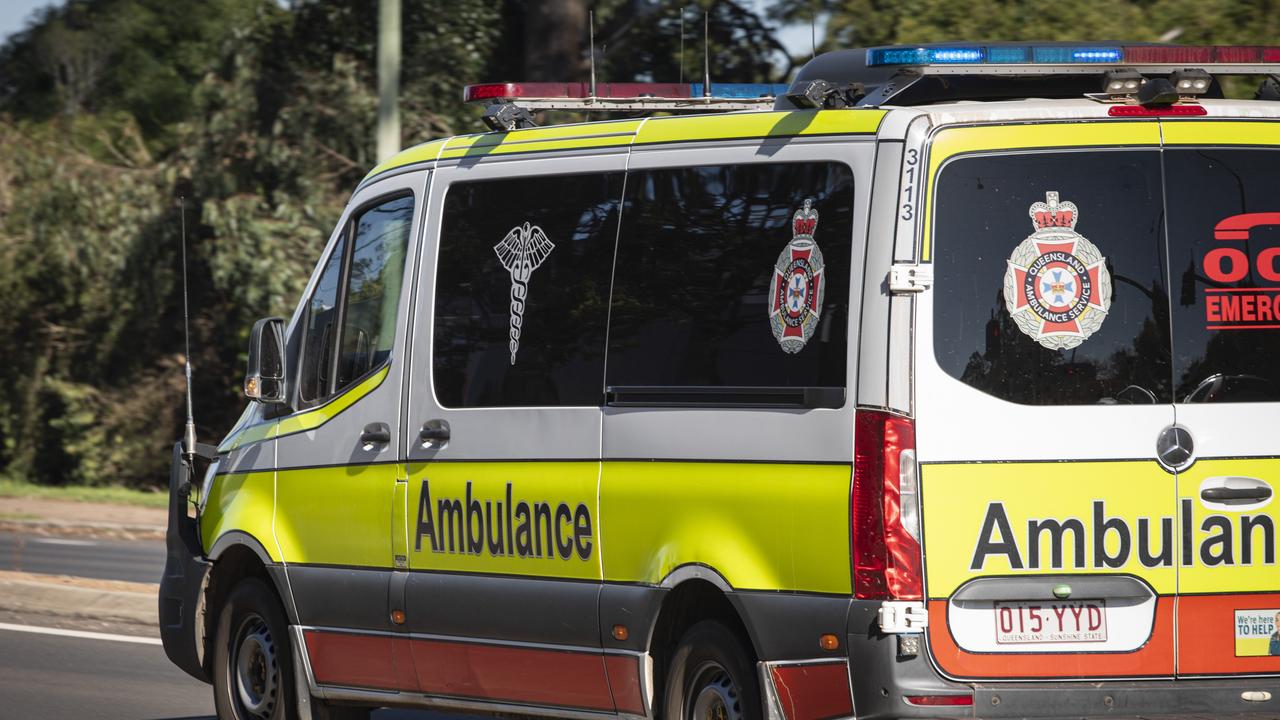Attacks on Brisbane bus drivers increase in wake of Manmeet Sharma petrol-bombing death
Attacks on Brisbane bus drivers have increased in the wake of the fatal petrol-bombing in 2016 despite efforts to improve safety conditions, a court has heard.

Police & Courts
Don't miss out on the headlines from Police & Courts. Followed categories will be added to My News.
Attacks on Brisbane bus drivers have only continued to increase in the wake of the tragic death of petrol-bombing victim Manmeet Sharma, despite efforts to improve safety conditions, a court has heard.
Bus driver Mr Sharma was tragically killed in 2016 when a delusional Anthony O’Donohue boarded his bus at Moorooka and used a Molotov cocktail to set him on fire.
O’Donohue was charged with murder but the Mental Health Court found he was unfit to stand trial and he was ordered to spend 10 years in The Park, a high-security mental health facility.
An inquest into Mr Sharma’s death in the Brisbane Coroners Court on Tuesday heard evidence from doctor Angela Voiter, the consultant psychiatrist who has been treating O’Donohue at The Park.

She said the 10-year order, the maximum that could be imposed at the time, had been reasonable.
“He obviously has a severe mental illness,” she said.
“It was treatment resistant, it took time to respond to treatment and I felt that he needed very close monitoring and lots of interventions, not just the medication and also work to improve his insight, and also it was about the seriousness of the incident as well.”
Dr Voiter said O’Donohue would require intense mental health treatment for the rest of his life but did not accept a proposition that he would never be released.
“I wouldn’t say that,” she said.
“He’s made significant in roads and has developed insight into his illness.
“He’ll certainly need supervision and treatment by a mental health service and close monitoring. But I don’t believe one can ever say one will be in hospital for the rest of their life.”

The court also heard evidence from Translink and Brisbane City Council staff who said efforts had been made to make buses safer for driver in the wake of the attack, including retrofitting some buses with partial barriers.
Last week, days before the inquest was due to begin and more than five years after Mr Sharma’s death, the Queensland Government announced all new urban buses in the state would be built with driver safety barriers.
Rail, Tram and Bus Union assistant state secretary Tom Brown revealed in court that there had been 711 physical assaults on drivers last year, up from 658 in 2020 and 654 the previous year.
“Remembering that patronage had dived quite considerably, there is still an upward trend in assaults so look I would say the partial screens have not done their job in that respect,” Mr Brown said.
Former manager of Brisbane City Council bus operations Matthew Anderson said a number of driver barriers had been trialled but said they had to be careful not to cause additional risk.
“One of the challenges we had to overcome was the potential to generate additional risk by the implementation of something that is intended to control another risk,” he said.
“Many of the barriers that were proposed for implementation required Perspex screens. And just by way of example, Perspex screens generate significant glare unless they are developed in conjunction with the design of the bus at the commencement of the design process.
“So we’re really mindful of implementing a risk control which could actually create a greater risk for drivers on a more regular basis.”
The inquest continues.


